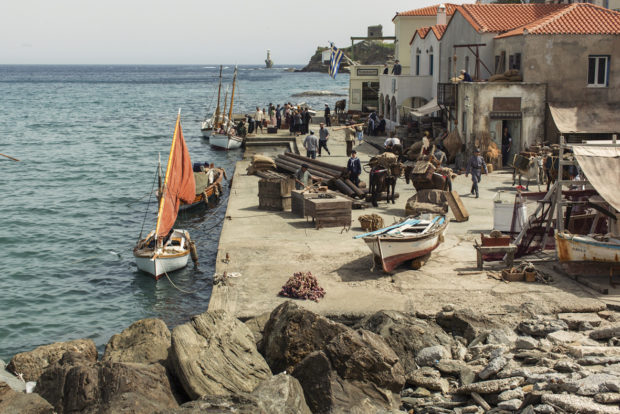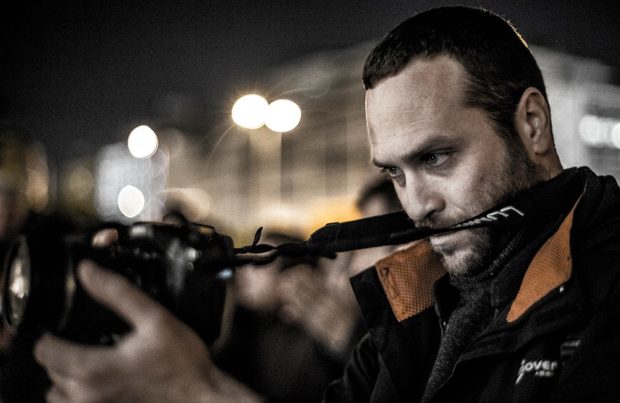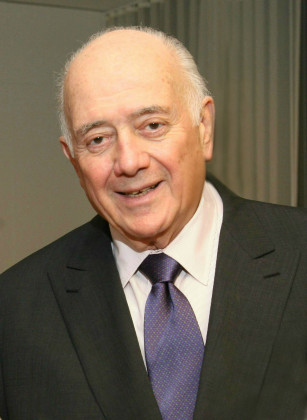
Michael Jaharis
Michael Jaharis, entrepreneur, philanthropist, humanitarian and distinguished member of the Hellenic American and Greek Orthodox community passed away peacefully on February 17, 2016, in his home with his family by his side. He was 87 years old.
Emmanuel Michael Jaharis was born and raised in Evanston, Illinois. Michael was the son of Greek immigrants, Michael and Katerina Jaharis, from the village of Aghia Paraskevi on the Greek island of Lesvos. After attending Evanston Township Public High School, Michael briefly attended North Park University and went on to receive his bachelor’s degree from Carroll College (now Carroll University) in Wisconsin. Shortly after his college graduation in June 1950, he was called to duty to serve in the US Army during the Korean War and was eventually deployed to Zell am See, Austria to help run the medical and pharmaceutical supply. After his military service, he joined Miles Laboratories as a Sales Representative in the Ethical Drug Division (Prescription Drug), covering the area north of Chicago’s Loop up to the Wisconsin border. While working full time, he earned his Juris Doctor as a night student from the College of Law at DePaul University. Michael rose through the ranks at Miles to eventually be appointed Vice President and Executive Legal Counsel for Food and Drug Law, where he also became involved in marketing for the company.
In 1972, Michael became president and CEO of Key Pharmaceuticals, which at the time of acquisition was essentially an insolvent company known for its sustained action technology and some cold/cough remedies. As CEO and president, he transformed the company by leading his team to develop pharmaceutical breakthroughs with drugs such as sustained-release Theo-Dur, which became the nation’s best selling asthma remedy, and Nitro-Dur, the first transdermal sustained-release product to release nitroglycerin through the skin. Key Pharmaceuticals was sold to Schering Plough in 1986.
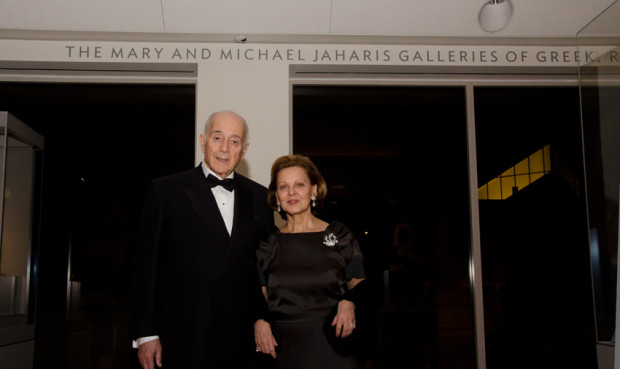
In 1988, Michael founded Kos Pharmaceuticals, where he led his team to pioneer innovative drug therapies to treat cardiovascular disease. In 1997, Kos introduced its first product Niaspan, which raised HDL levels and improved the lives of millions of people. Kos Pharmaceuticals was acquired by Abbott Laboratories in 2006.
After selling Kos, Michael co-founded Vatera Healthcare Partners LLC, a New York City-based investment group focused on taking active positions in healthcare companies that develop innovative products for unmet and underserved medical needs in a broad range of therapeutic areas, including chronic obstructive pulmonary disease (Pearl Therapeutics), cardio-metabolic diseases and cancer (Arisaph Pharmaceuticals), antibiotic resistant bacterial infections (Melinta Therapeutics), and celiac disease (ImmusanT).
Aside from working hard to improve the lives of millions through pharmaceutical products, Michael along with his wife Mary worked tirelessly and gave generously through their public service and philanthropic endeavors. In 1986, Michael and Mary founded the Jaharis Family Foundation, Inc.
Valuing the importance of education, Michael was an active board member for several prominent non-profit and educational institutions, including Trustee Emeritus of Tufts University in Boston, MA, Chairman of the Board of Overseers for the School of Medicine, Tufts University, Member of the Columbia University Medical Center Board of Visitors, and Member of the Board of Overseers of the Weill Cornell Medical College and Graduate School of Medical Sciences. He also served as a Director of The Onassis Public Benefit Foundation (USA) and was a member of the Carnegie Council for Ethics in International Affairs.

The Jaharis family at the Inauguration of the Mary and Michael Jaharis Galleries of Greek, Roman, and Byzantine Art at the Art Institute of Chicago
Michael together with Mary was a Benefactor of the Metropolitan Museum of Art, the Art Institute of Chicago, and the Metropolitan Opera. They also gave generously as Scholarship Sponsors of DePaul University College of Law in Chicago and supported the development of the Mary and Michael Jaharis Center for Health Law at DePaul University. At Tufts University School of Medicine, they endowed the Jaharis Family Center for Biomedical and Nutrition Sciences, the Jaharis Family Chair in Family Medicine, and multiple Scholarship Funds. Through The Jaharis Family Foundation, he was also a Benefactor of Columbia University Medical College and Weill Cornell Medical College. Tufts University bestowed upon Michael an Honorary Doctor of Public Service degree in May 2015. In December 2015, Columbia University Medical College presented Michael and Mary with a Crown Award for their service and support to the School.
As a tribute to his beloved parents, Michael supported the establishment of the Jaharis Home for the Elderly in his parents’ hometown of Aghia Paraskevi on the island of Lesvos in Greece. Through two generous gifts to Hellenic College – Holy Cross Theological Seminary, Michael and Mary endowed the Mary Jaharis Center for Byzantine Art and Culture and the Archbishop Demetrios Chair in New Testament Studies. They also supported the establishment of an endowed professorship, “The Archbishop Demetrios Chair in Orthodox Theology and Culture,” at Fordham University. They endowed the “Jaharis Family Chair in Performance Studies at Northwestern University.”
Proud of his Greek ancestry and Greek Orthodox faith, Michael’s civic affiliations included Vice Chairman of the Greek Orthodox Archdiocesan Council, Founding Member and Director of Faith Endowment for Orthodoxy and Hellenism and Founding Member and Executive Committee Member of the Greek Orthodox Leadership 100 Endowment Foundation. The Greek Orthodox Archdiocese of America made Michael an “Archon Exarchos of the Order of St. Andrew the Apostle,” one of the highest honors bestowed upon laity on behalf of Ecumenical Patriarch Bartholomew. He was also awarded an Honorary Degree from Hellenic College Holy Cross in 2008.
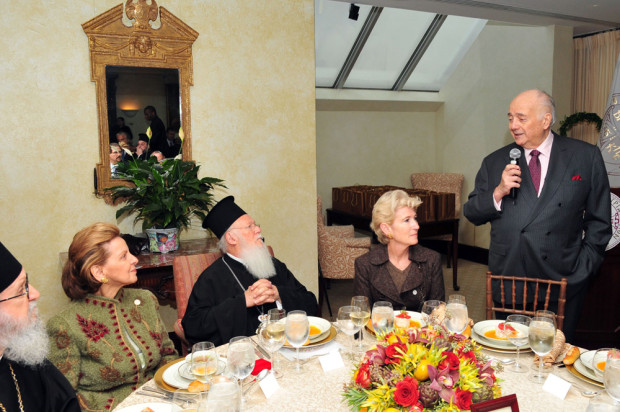
From an event when Michael and Mrs. Jaharis hosted Patriarch Bartholomew, Archbishop Demetrios, the Met Museum President Emily Rafferty and the Founders of Faith Endowment at the Metropolitan Museum (and private tour of the Mary and Michael Jaharis Galleries of Byzantine Art), Photo DIMITRIOS PANAGOS
Most recently, Michael and Mary directed their philanthropic efforts to supporting humanitarian initiatives to provide food, medical care and education to children and elderly living in Greece during the ongoing financial crisis. In addition, the family gave generously to organizations working to support the thousands of refugee families fleeing to Greece from Syria and the Middle East.
No matter how busy Michael’s professional and philanthropic commitments kept him, Michael always made time for his family and friends. He cherished his family and extensive network of personal and professional friendships above all else. His genuine love of people was evident in the fact that he always focused each person’s positive attributes and had a unique ability to bring out the best in everyone within any context. Equally unparalleled was Michael’s excellent sense of humor. At the beginning or end of each day, Michael made a point of stopping by the desk of each person in his office to say hello, catch up, and share an idea or some advice. He not only knew the names of everyone in the office but also the details of people’s families and interests and always personally expressed his gratitude for each person’s contribution on a project. If the opportunity for a quick break between meetings and calls would arise, one would often find Michael in his office watching a game of a Chicago Bears, Bulls, or Cubs game (depending on the season).
Michael always credited two inspirations for his success: his parents’ commitment to family, faith, education and hard work as setting the foundation upon which he built everything upon; and the love and support of his wife and family.
Michael Jaharis was a model of how to offer time, energy and intelligence in pursuit of a better world. He is survived by his wife Mary (nee Spyros), children Steven (wife: Elaine) and Kathryn, and 5 grandchildren, as well as by the millions of people whose lives he has positively impacted.
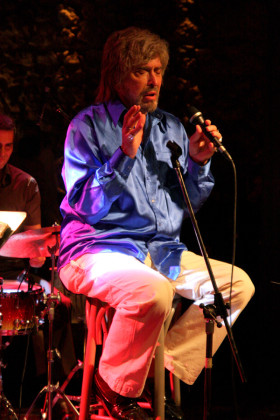

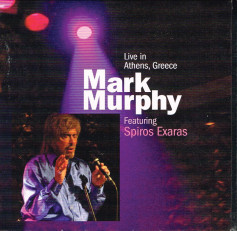 In 1999, Spiros formed his own ensemble of international and domestic talent to work and collaborate with renowned musicians Henry Hey, Matthew Garrison, Gene Lake, Arto Tuncboyaciyan and Lefteris Bournias. He keeps the talent grooving and “all music” moving with his own world beat symposium. It’s “all music” in there, and they perform it all at numerous jazz venues and festivals around the world throughout the year. They have already released two albums under their own “blue note”, and now, with a third one on the way, March 25, with Mark Murphy, I can only look forward to more of Spiros’ productions of highs and lows, singing or playing it, to all shades and colors of blue tones.
In 1999, Spiros formed his own ensemble of international and domestic talent to work and collaborate with renowned musicians Henry Hey, Matthew Garrison, Gene Lake, Arto Tuncboyaciyan and Lefteris Bournias. He keeps the talent grooving and “all music” moving with his own world beat symposium. It’s “all music” in there, and they perform it all at numerous jazz venues and festivals around the world throughout the year. They have already released two albums under their own “blue note”, and now, with a third one on the way, March 25, with Mark Murphy, I can only look forward to more of Spiros’ productions of highs and lows, singing or playing it, to all shades and colors of blue tones.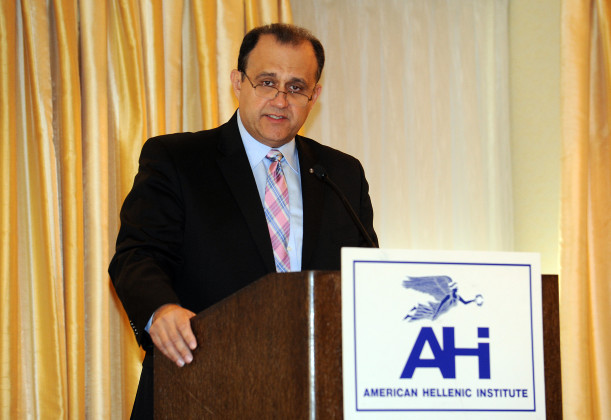
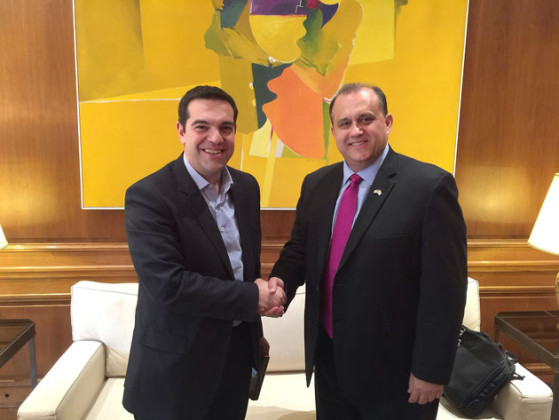

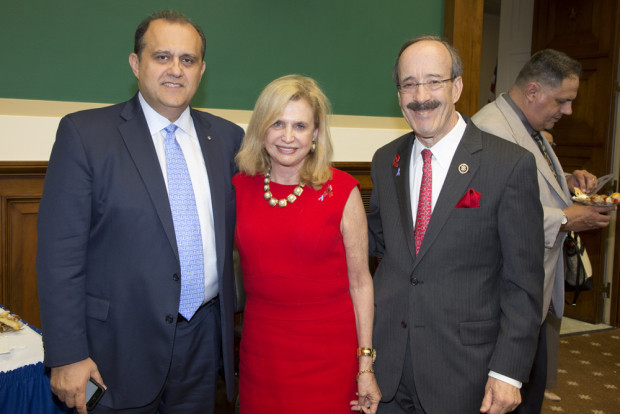
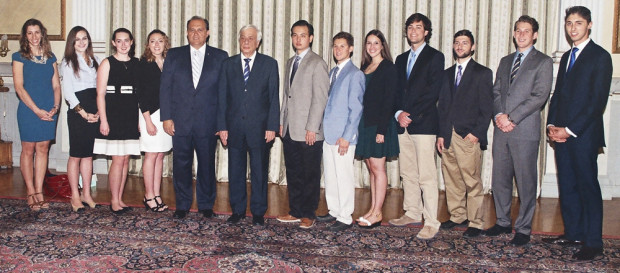

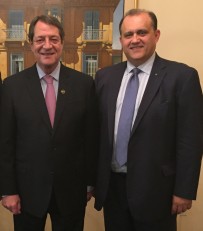

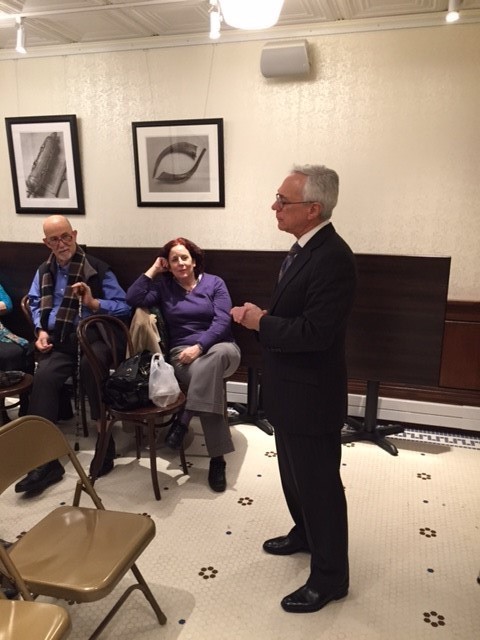

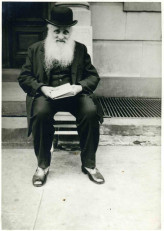
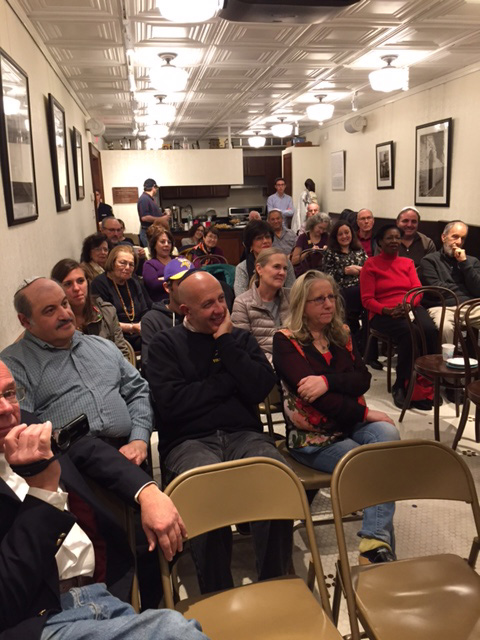
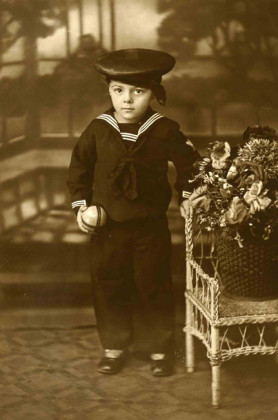

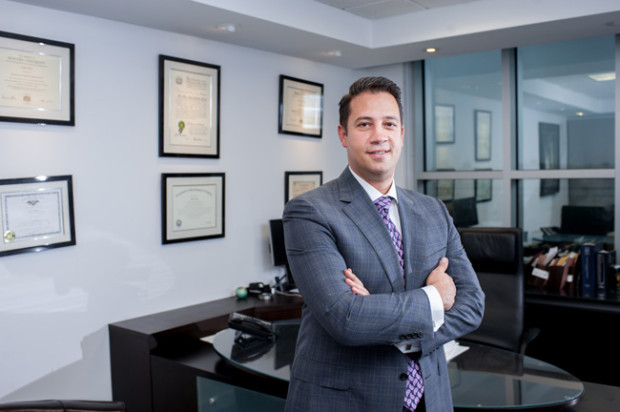




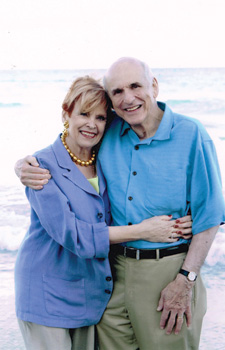
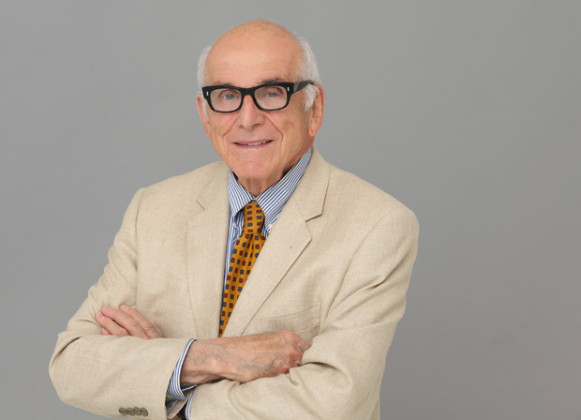
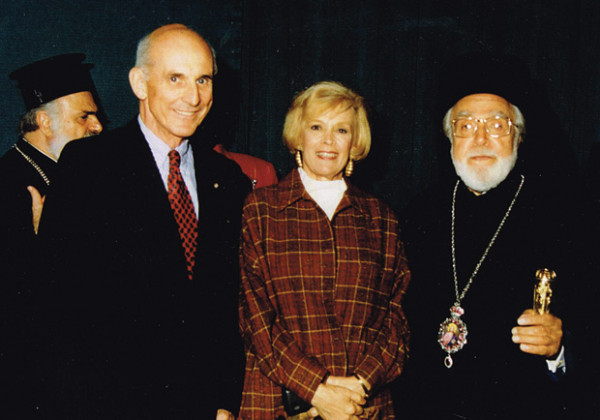

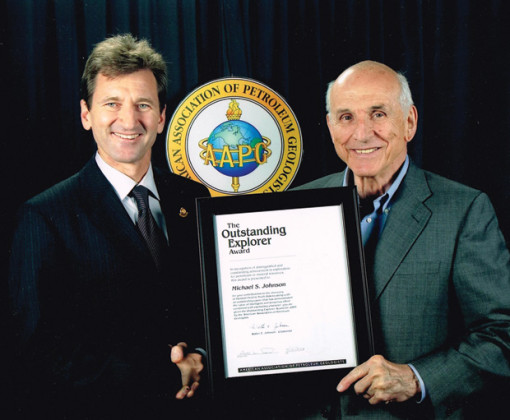
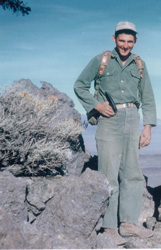


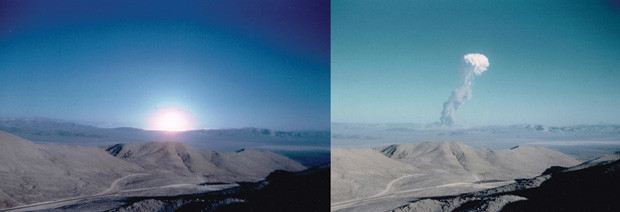
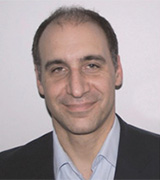
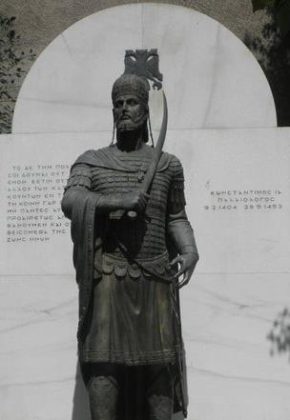

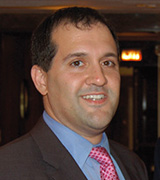
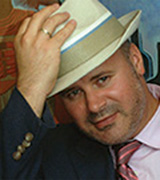
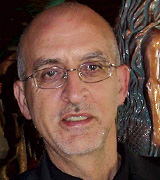
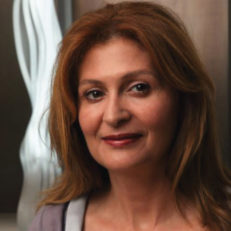





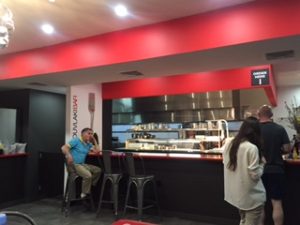
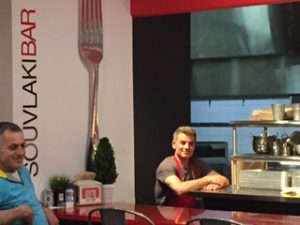

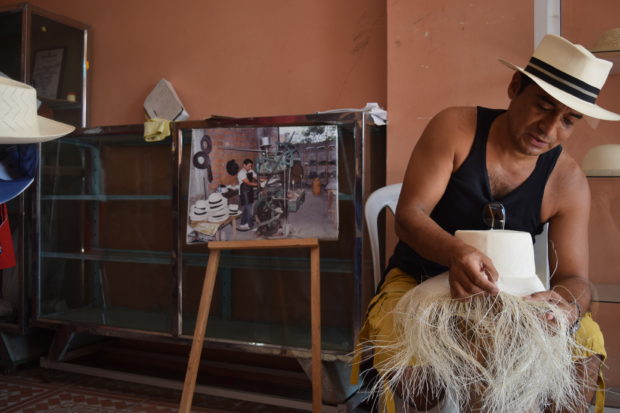

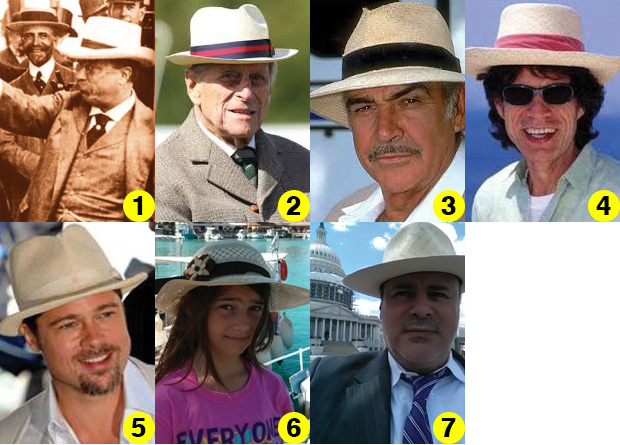
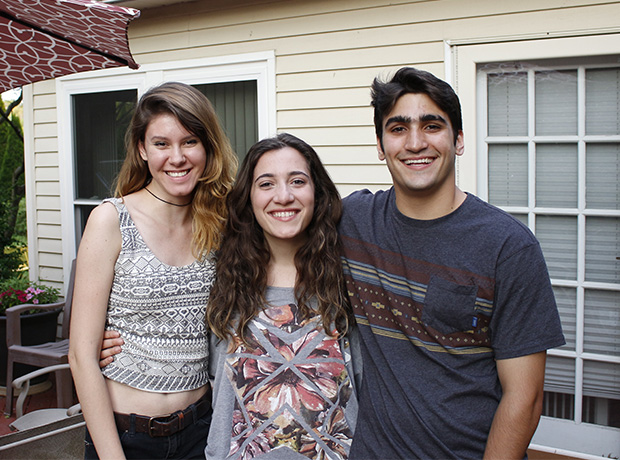
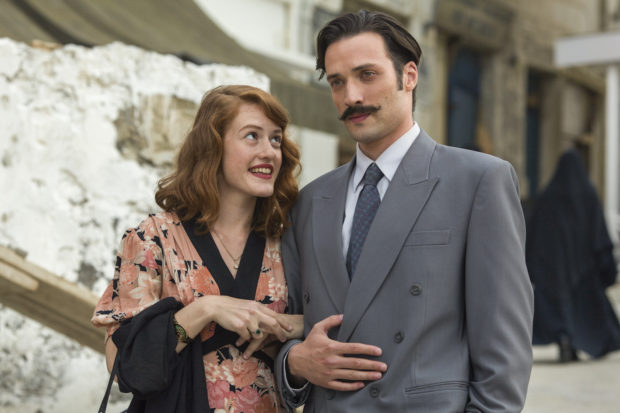
 Set during the 1930’s and 40’s on the picturesque Greek island of Andros, part of the Cycladic archipelago with a long history of military embroilment and seafaring turmoil, Little England is not only the title of this film but also the name of a shipping enterprise introduced to the viewer as the story progresses. The opening scene of rolling ocean waves and crashing surf is a forbearance of the story’s schedule of turbulent events which follow. 20 year-old Orsa (Penelope Tsilika) is passionately in love with second mate Spyros Maltabes (Andreas Konstantinou), a secret she dares not reveal to anyone, least of all her domineering mother, Mina. Her energetic younger sister, Moscha (Sofia Kokkali), is determined to leave Andros and escape the typical woman’s fate on the island; marrying sailors, who are the mainstay of Andros’s economy and constantly absent due to their seafaring duties.
Set during the 1930’s and 40’s on the picturesque Greek island of Andros, part of the Cycladic archipelago with a long history of military embroilment and seafaring turmoil, Little England is not only the title of this film but also the name of a shipping enterprise introduced to the viewer as the story progresses. The opening scene of rolling ocean waves and crashing surf is a forbearance of the story’s schedule of turbulent events which follow. 20 year-old Orsa (Penelope Tsilika) is passionately in love with second mate Spyros Maltabes (Andreas Konstantinou), a secret she dares not reveal to anyone, least of all her domineering mother, Mina. Her energetic younger sister, Moscha (Sofia Kokkali), is determined to leave Andros and escape the typical woman’s fate on the island; marrying sailors, who are the mainstay of Andros’s economy and constantly absent due to their seafaring duties.